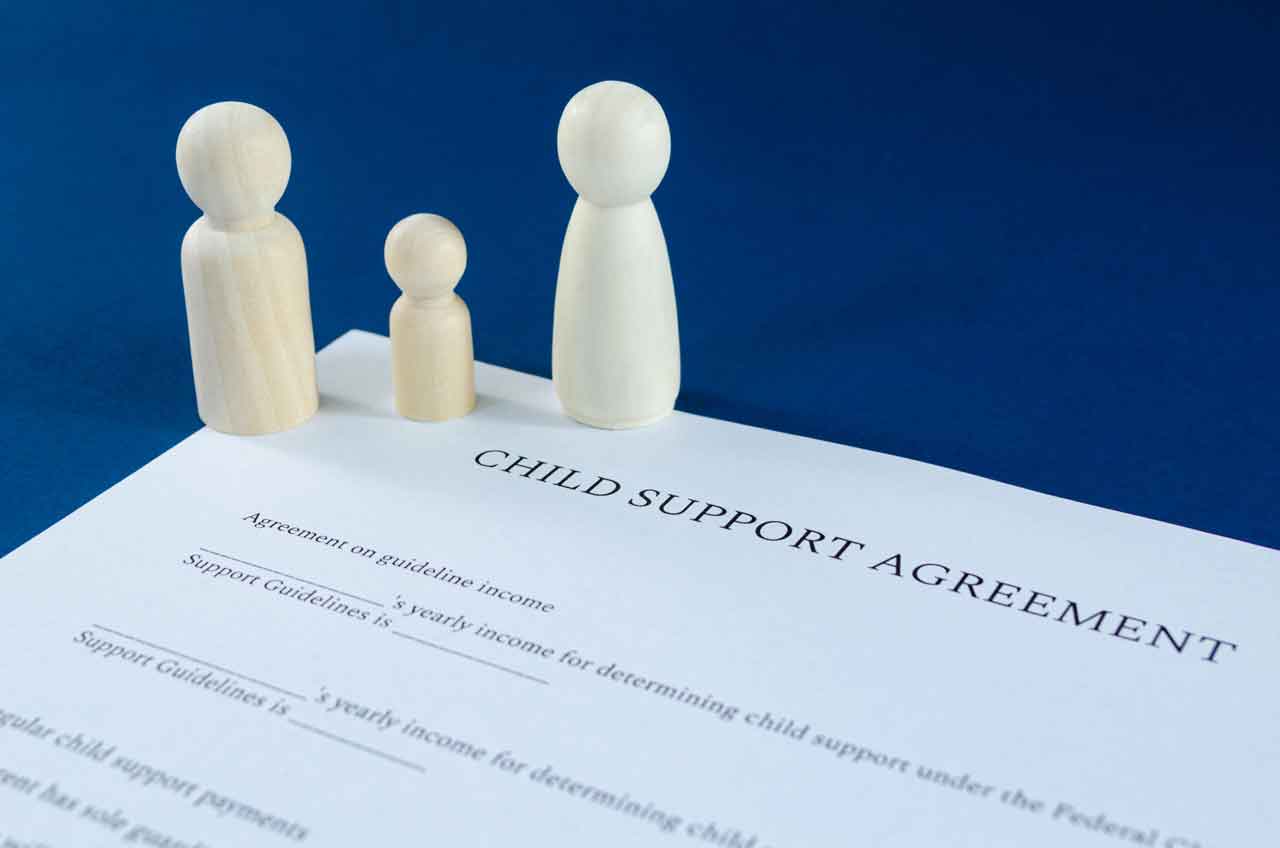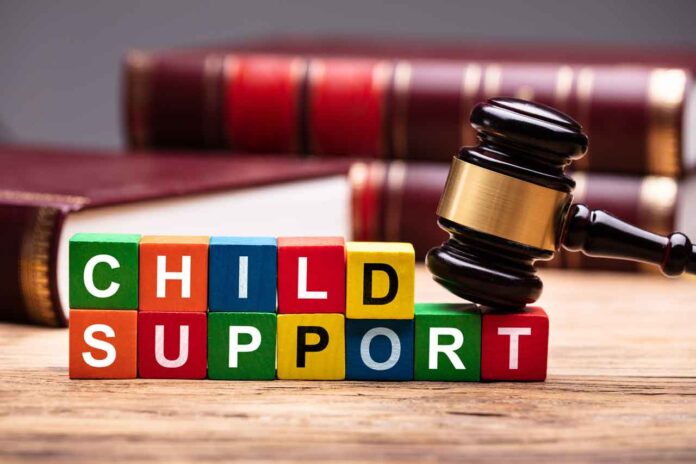Child support agreements are critical legal documents that ensure that both parents contribute financially to their child’s upbringing. However, life is unpredictable, and circumstances can change, which may necessitate modifications to the original child support arrangement. Understanding when and how to request these changes is crucial for maintaining the agreement’s fairness and applicability to the current situations of both parties.
This article delves into when and how to request child support modifications.
Recognizing The Need For Modification
Amending a child support order should not be taken lightly and is not for minor grievances. Courts require significant changes in personal or financial circumstances before contemplating adjustments to these orders. Such changes might include a significant shift in either parent’s financial earnings, whether an increase or a downturn, a variation in the child’s economic necessities, or a modification in the custody agreement. These factors are critical as they can directly influence the financial support required for the child’s welfare and upbringing.
Because of this, working with legal experts is paramount to ensure a favorable outcome. Legal professionals, especially those who handle issues ranging from child support, are adept at guiding parents through the complexities of modifying child support orders. They can provide invaluable advice on whether a parent’s situation warrants a modification request.

When To Request A Modification
Requesting a child support order modification may be necessary under several distinct conditions, reflecting changes in family dynamics and financial situations. Below are several scenarios in which requesting a modification of child support may be appropriate:
- Changes In Financial Status
Significant changes in a parent’s finances are a primary reason to seek modification. This could be due to various factors such as losing a job, facing a salary or job rank reduction, or, conversely, securing a position with a considerably higher income. These changes can significantly impact a parent’s ability to pay the originally determined child support or might indicate the need for increased contributions to maintain the child’s standard of living.
- Changes In Custody Arrangements
Any alterations in custody arrangements can prompt a reassessment of child support obligations. Changes that result in a child spending more or less time with one parent than was initially anticipated can impact the financial dynamics of childcare. For instance, if one parent assumes greater physical custody, this might lead to increased day-to-day expenses, justifying a modification in the child support order to ensure fairness and adequacy in meeting the child’s needs.
- Changes In The Child’s Needs
The child’s evolving needs can necessitate a review and adjustment of the support order. As children grow, their educational demands, healthcare requirements, and participation in extracurricular activities can introduce new financial pressures. These developments are critical to consider, as the primary aim of child support is to ensure that the child’s welfare and opportunities for growth aren’t compromised due to financial constraints.
The Process Of Requesting A Modification
The process for requesting a modification of child support varies by state, but generally, it involves the following steps:
- Documentation
The initial phase involves meticulous preparation, where the requesting party gathers all pertinent documentation substantiating the need for a modification. This could range from recent pay stubs reflecting a change in income, medical bills indicating increased healthcare costs for the child, to legal documents outlining a new custody arrangement. This preparatory step is crucial as it forms the foundation of the modification request, providing tangible evidence to support the adjustment claim.
- Filing A Motion
Following the compilation of necessary documents, the next step entails filing a motion with the jurisdictional court that issued the original child support order. This motion must clearly articulate the reasons behind the request for modification, bolstered by the evidence gathered. It essentially serves as a formal plea to the court, outlining why a revision of the child support terms is justified under the current circumstances.
- Serving The Motion
After filing the motion, it’s imperative to ensure that the other parent is formally notified through a process known as ‘serving the motion.’ This ensures that the other party is fully aware of the impending request and can prepare a response or counter-arguments if they wish to contest the proposed changes.
- Hearing
This process often leads to a court hearing, where both parties can present their case before a judge. This hearing is a critical juncture where the merits of the modification request are rigorously examined, with both parties given a chance to argue their positions. The judge, after considering all the evidence and arguments, determines whether the circumstances warrant a modification to the child support order.
Legal Considerations And Challenges
Modifying a child support order isn’t always straightforward. The parent requesting the modification must provide compelling evidence of significant changes, warranting a modification. Furthermore, both parents must understand that the court’s primary concern is the child’s welfare. Any modifications will be made with the child’s best interests in mind.
Parents should also anticipate potential legal challenges. The other parent may contest the modification, leading to a contentious court battle. In such cases, having skilled legal representation can be invaluable.
Conclusion
Life’s unpredictability often necessitates changes to child support agreements. By understanding when and how to request these modifications, parents can ensure that the child support remains fair and reflective of the current circumstances. Those considering such modifications should consult with legal professionals who can guide them through the process, ensuring that their rights are protected and that the child’s best interests remain the paramount concern.








